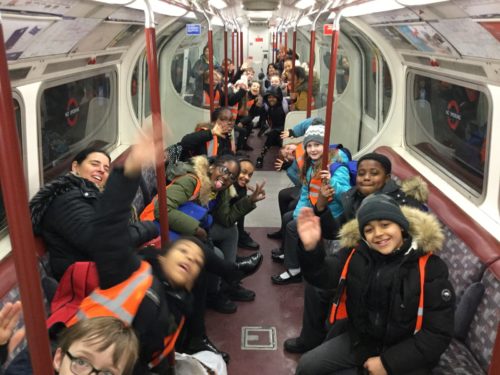
We were very excited, we were going to the Imperial War Museum!
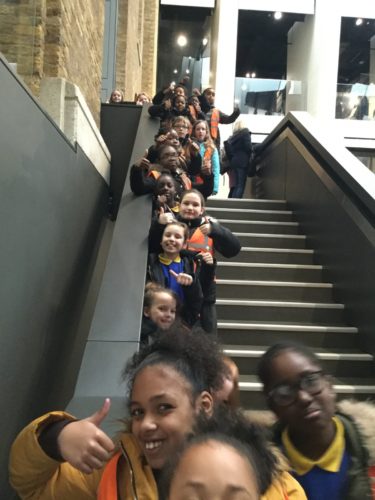
Off go our coats, but looking forward to returning to eat our delicious packed Lunches!
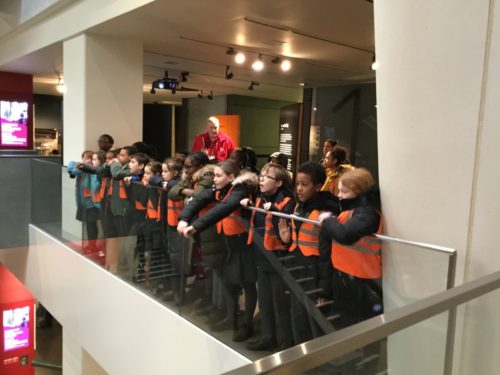
On arrival, a very friendly man called Martin gave us a brief tour around the Museum. He asked us to look out for a pigs head for some reason???
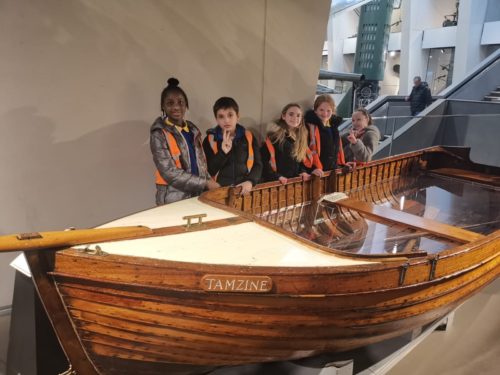
This boat bought back British soldiers from Dunkirk, France. We wondered how many soldiers it would have carried, as it was rather small.
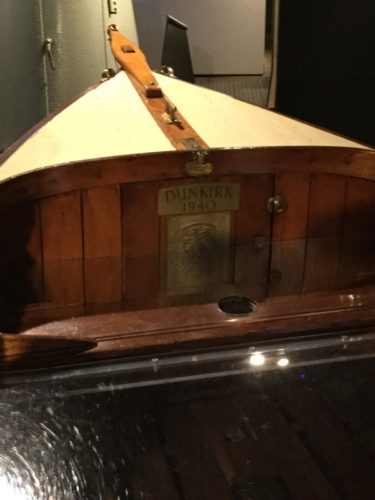
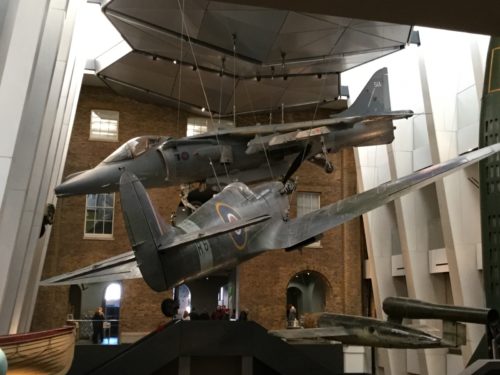
Spitfires had elliptical wings, which were a new design. Did you know that spitfires were powered by Rolls Royce engines?
We set off to visit the First World War gallery.
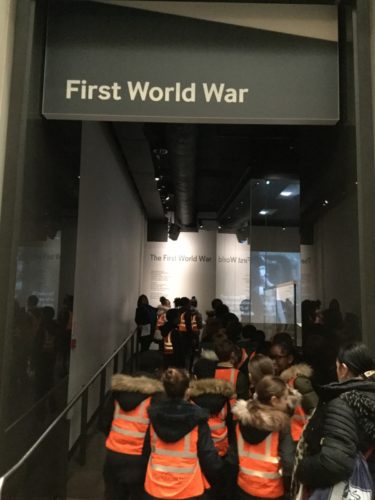
This is what we saw in the Gallery…
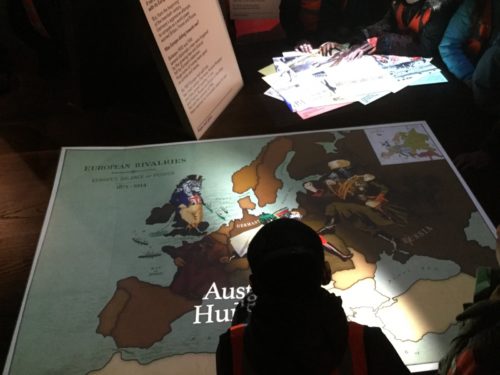
This animation showed us all the different countries that were involved in the First World War.
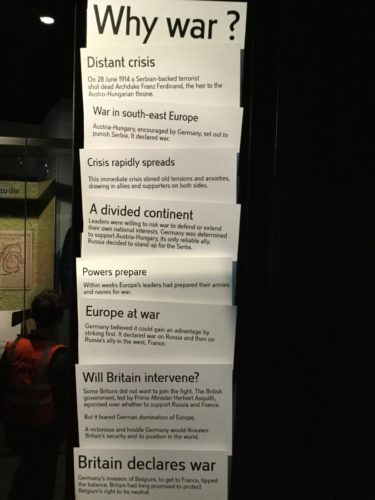
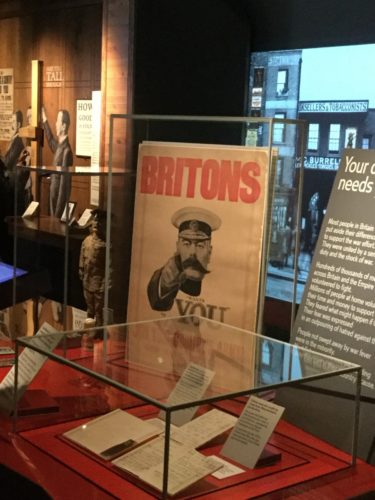
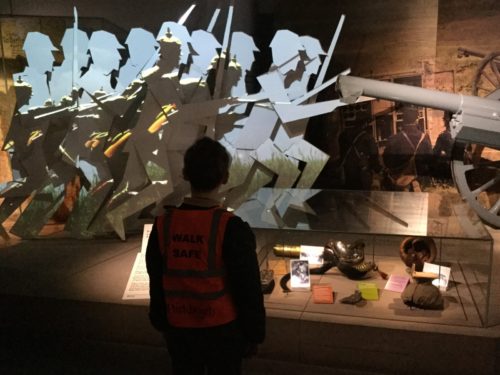
“I was amazed at how just one shell, could kill so many soldiers!”
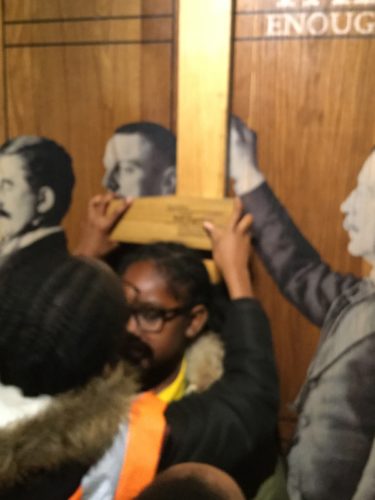
We measured each other to see if we were tall enough to have joined the army in the First World War.
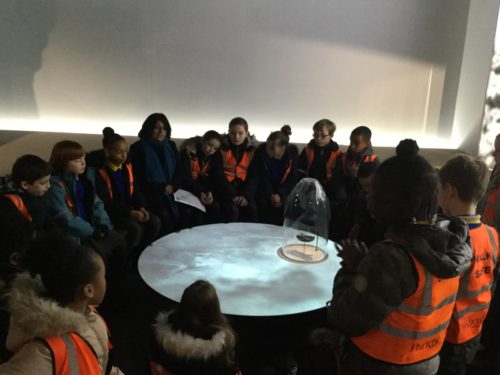
This circular table simulated what it would be like in the trenches during a gas attack.
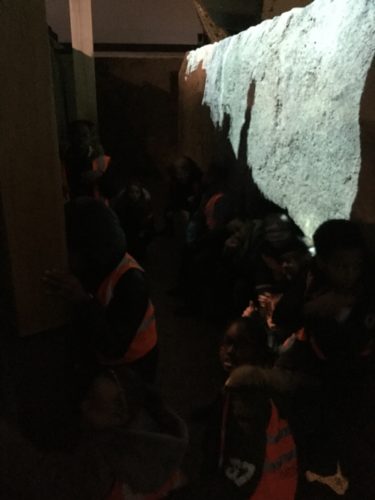
Here we are walking through a man- made trench, like the ones in No-man’s land.
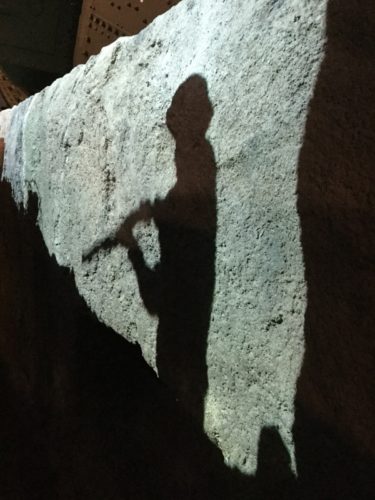
Then off we went to the Second World War gallery…
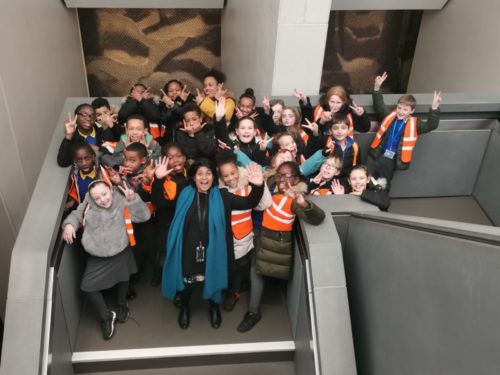
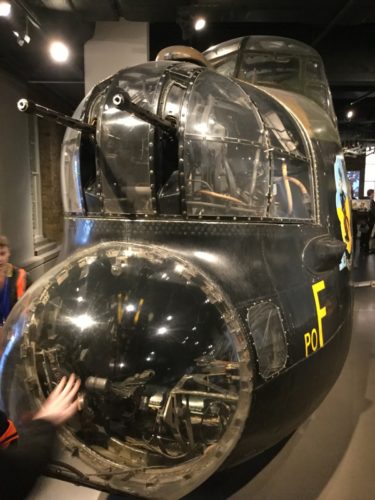
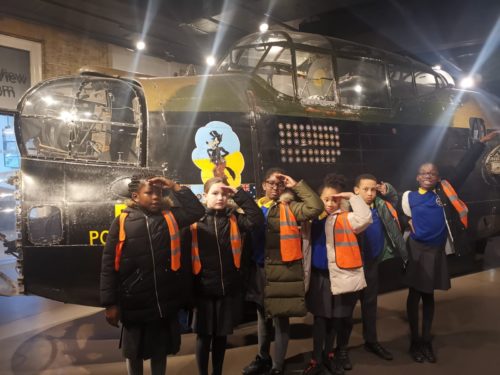
This is a Lancaster Bomber. The Lancasters became famous for their success in bombing German dams, using bouncing bombs.
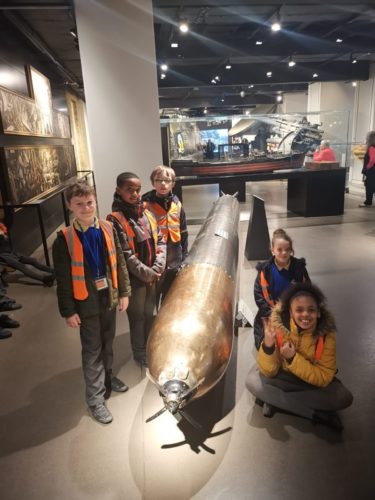
What a extremely long torpedo!
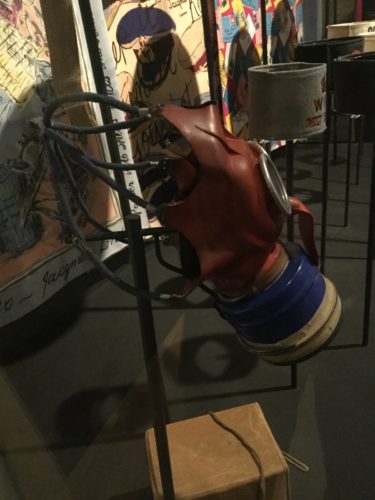
This is a Mickey Mouse Gas mask. Children between the ages of 2-4 wore these during the bombing raids. They didn’t like wearing them but they found they could make a rude raspberry noise, when they put them on (this cheered them up in very scary times).
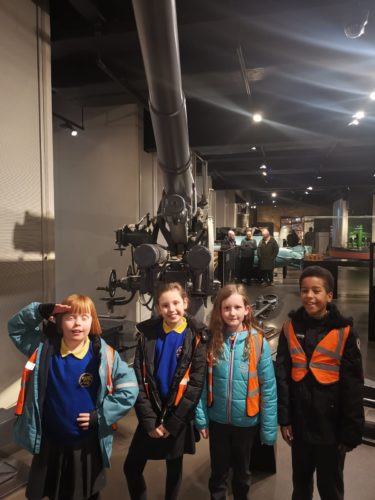
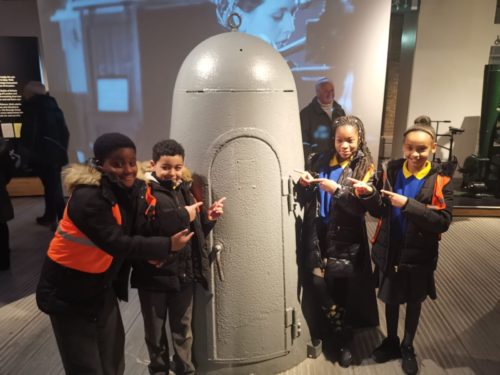
This is a one person bomb shelter. If anyone got caught out in the open they could use one of these to keep them safe!
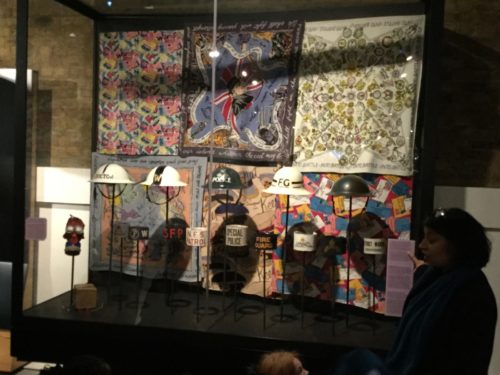
This display showed the different jobs that people had to do in the war. Everybody had to do extra jobs after they had finished their regular jobs, because everyone was expected ‘to do their bit’ during the war.These hats and armbands show the different jobs people had. Air raid wardens had a ‘W’ on their helmets that stood for warden. There were other jobs like being in the Fire Brigade, the Police and Ambulance workers. Each different worker wore a helmet and armband of a particular colour and special initials so that the members of the public could recognise which job they did.
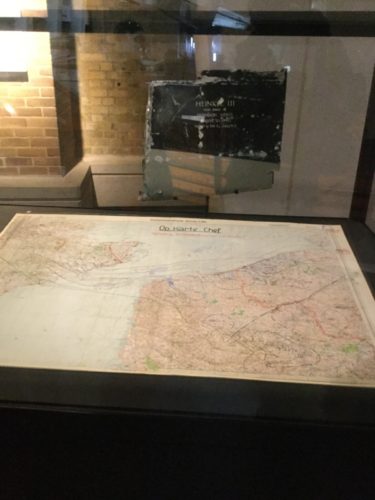
This map shows Hitlers secret plans to conquer Britain. On the map, there are blue lines showing how the German Forces would land in Britain. The blue lines indicated the path towards Essex and Wessex through Dover, a major British port.
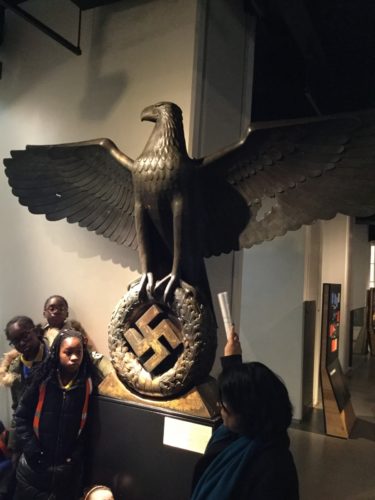
The Statue is from the building above the bunker, where Hitler went into hiding (and later died), when the allied forces invaded Berlin.
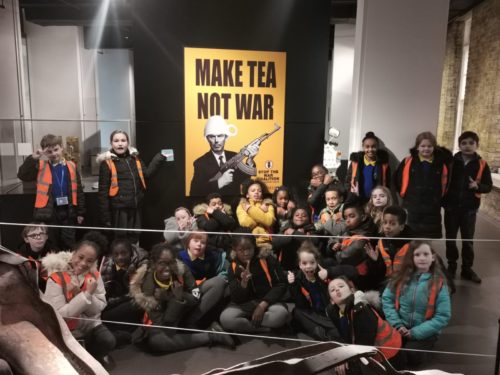
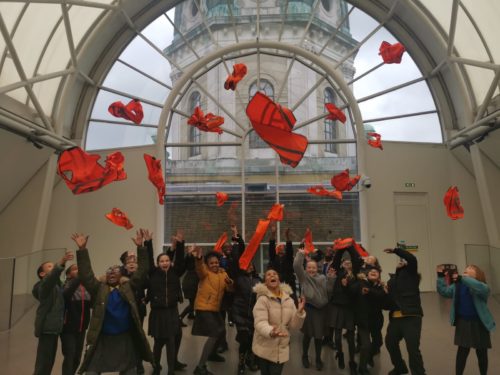
We learnt such a lot of fascinating facts in the museum and the visit will leave a lasting impression on our memories.
